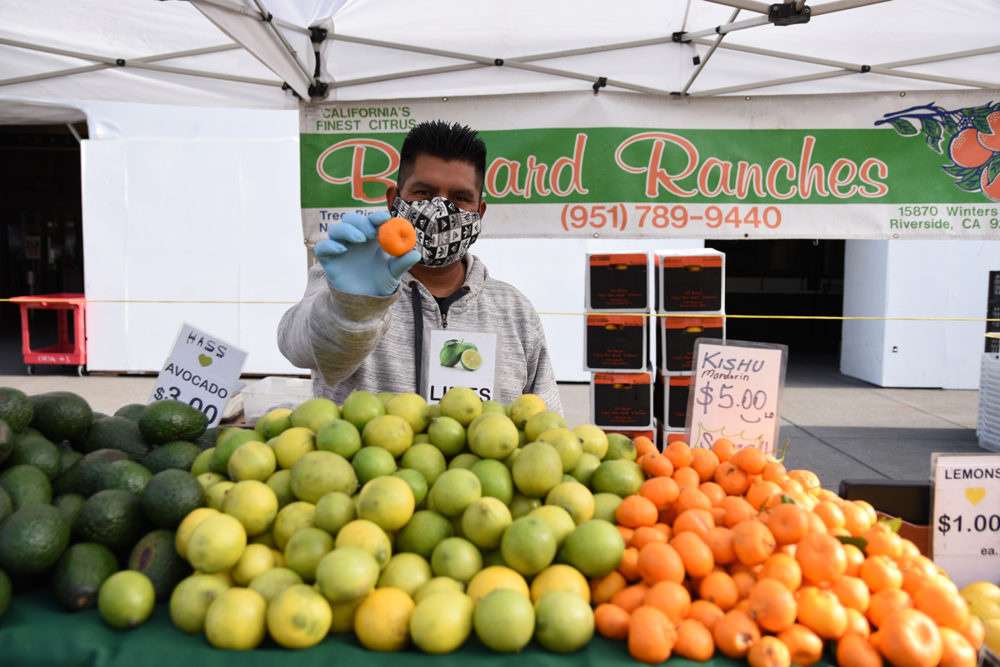Bernard Ranches

People
Vince and Vicki Bernard, along with their team
Farmland
23 acres in Riverside County, about 450 miles to San Francisco
About
Vince and Vicki Bernard bought their first citrus grove in 1984. Their goal is to grow the sweetest, most flavorful citrus. They always pick the fruit within two days of bringing it to market. Vince oversees all aspects of the growing process, including planting, watering, harvesting, and selling. He closely monitors the water needs of the trees, uses beneficial insects to control pests, applies seaweed and mushroom compost to fertilize and mulch to balance nutrients, and “constantly harass” large pests like gophers and squirrels. Vince also believes in placing flavor ahead of appearance and hand-selects rootstock that will produce the sweetest fruit.
